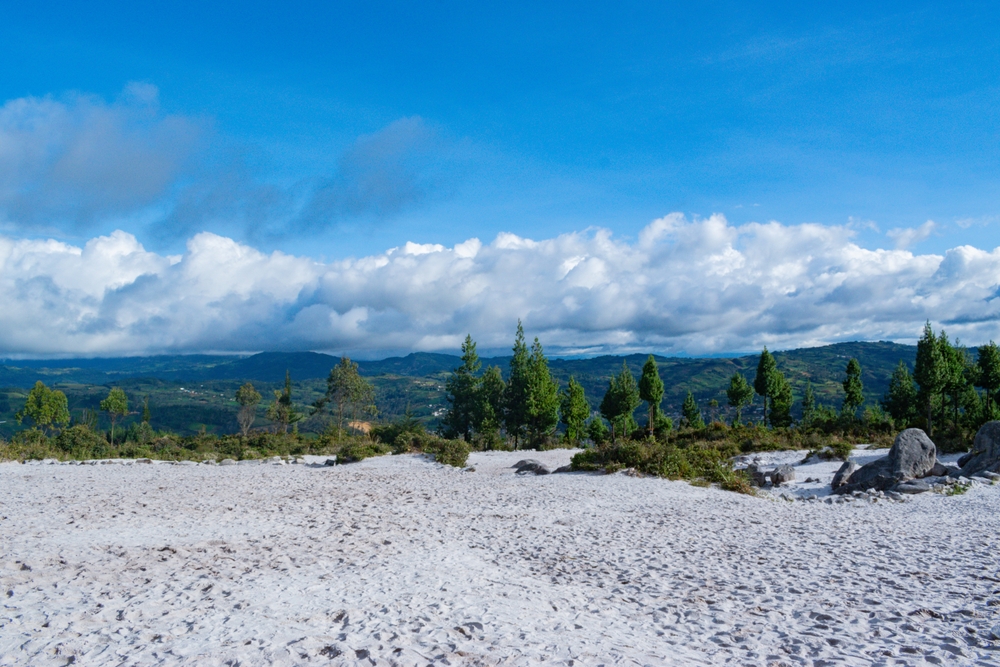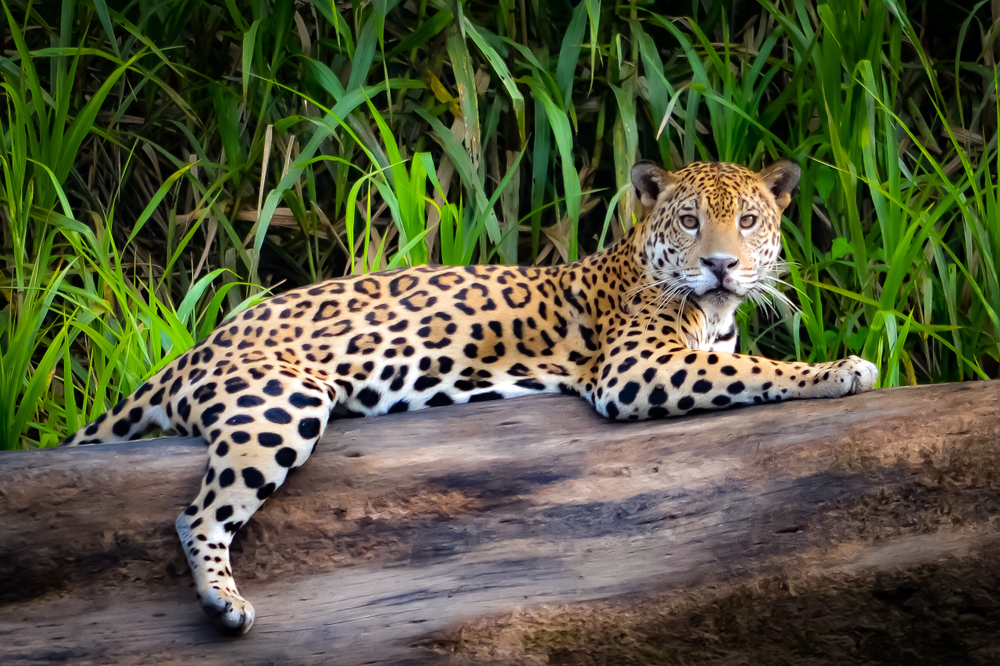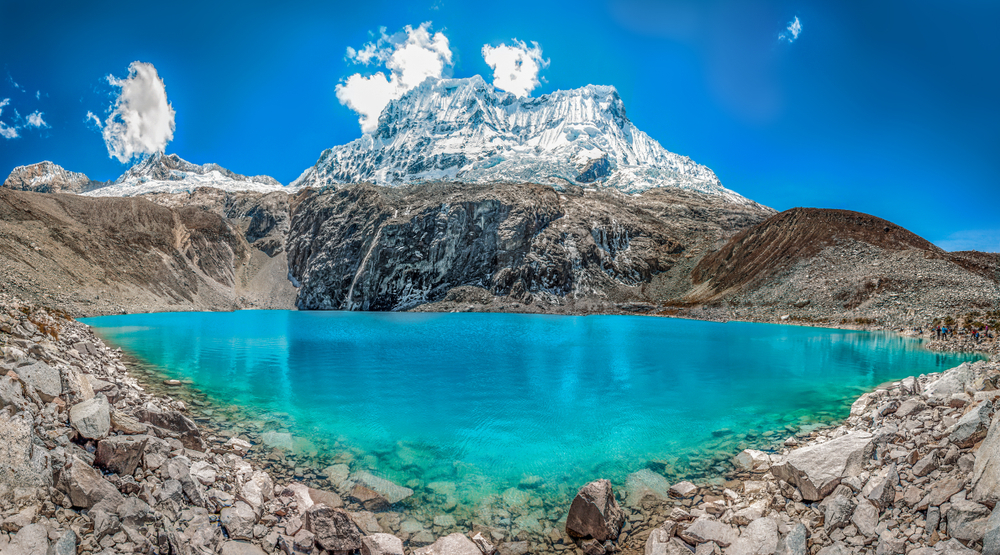Sierra del Divisor Overview
Sierra del Divisor National Park, known locally as Parque Nacional Sierra del Divisor, is a vast and biodiverse protected area in the Amazon Basin of Peru. Covering approximately 5,470 square miles (14,170 square kilometers), this remote park stretches across the Ucayali and Loreto regions along the Brazilian border.
It is a critical component of the Amazon Rainforest, known for its unique geological formations, lush tropical landscapes, and exceptional biodiversity. The park’s terrain is dominated by rugged, isolated mountains and deep valleys, standing in stark contrast to the surrounding flat lowland rainforest.
One of its most striking features is the volcanic-like formations, including the iconic El Cono, a perfectly shaped cone rising dramatically from the jungle floor. Numerous waterfalls, rivers, and natural hot springs add to the park’s allure, making it one of the most geologically fascinating areas in the Amazon.
The park’s dense forests and varied elevations create diverse ecosystems that support a remarkable array of wildlife. Among the most notable species are large mammals such as jaguars, pumas, tapirs, and giant otters. Primates are abundant, including red howler monkeys and the endangered bald uakari.
The park is also a haven for bird enthusiasts, with over 300 recorded species, including harpy eagles, scarlet macaws, and the rare wattled curassow. Reptiles and amphibians thrive in the humid environment, with numerous species of frogs, caimans, and anacondas found throughout its waterways and forests. The region’s rivers and oxbow lakes teem with fish, including the famous arapaima, one of the world’s largest freshwater fish.
Sierra del Divisor National Park offers an unparalleled wilderness experience for those willing to venture deep into the Amazon. While its remote location makes access challenging, visitors who make the journey are rewarded with pristine landscapes and the opportunity to encounter wildlife in one of the most untouched regions of the rainforest.
Guided boat tours along the park’s rivers provide an intimate look at aquatic wildlife, while multi-day jungle treks allow visitors to explore dense forests and reach breathtaking viewpoints such as the El Cono peak.
Indigenous communities, including the Asháninka and Shipibo-Conibo peoples, inhabit the region and offer cultural experiences that provide insight into traditional Amazonian lifestyles. Scientific research expeditions and birdwatching tours are also popular among those seeking to study or appreciate the park’s rich biodiversity.
Despite its ecological importance, Sierra del Divisor faces several conservation challenges, including illegal logging, drug trafficking, and encroaching agricultural activities. However, its designation as a national park in 2015 was a significant conservation milestone, offering legal protections to its ecosystems and indigenous communities.
Efforts from conservation organizations and local groups have helped to strengthen surveillance and sustainable development initiatives, promoting ecotourism as an alternative to harmful land use practices. These efforts continue to play a crucial role in preserving this vital section of the Amazon Rainforest for future generations.













































































